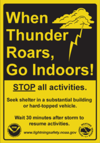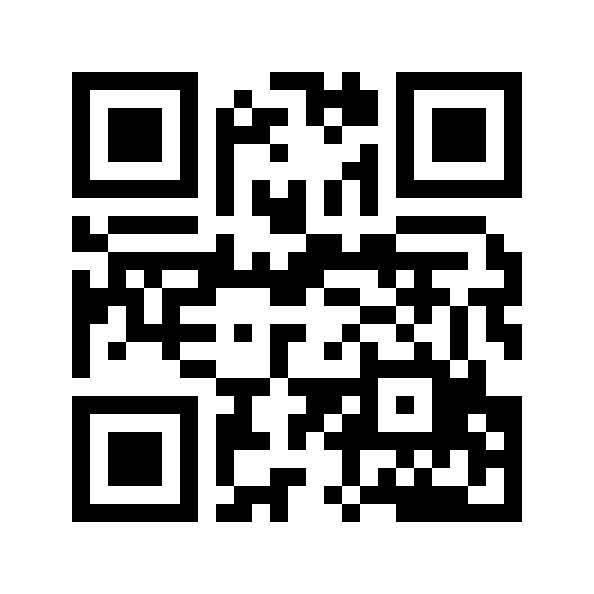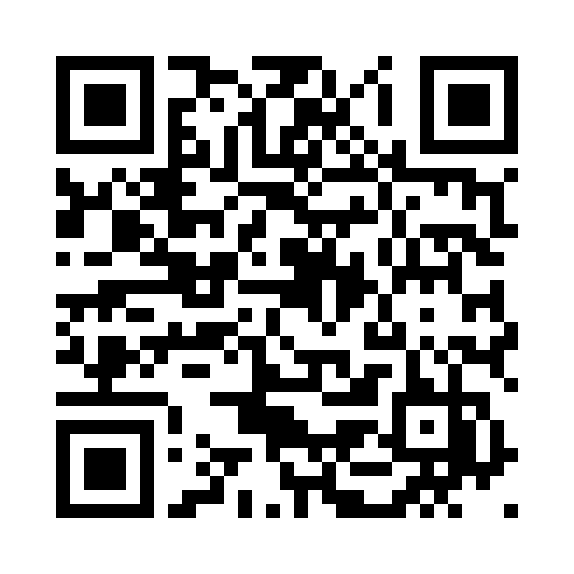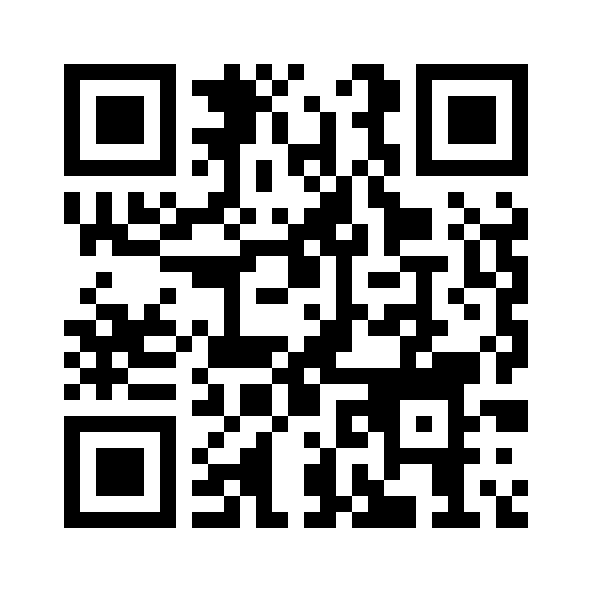| North Facing Camera Click On Play Button To View Live Image |
Sky Facing Camera Click On Image To View Full Screen In New Window 
|
Emergency Weather Preparedness Kit
A disaster supply kit is a collection of basic items your household may need in the event of an emergency.
You should have a kit at home and also at your place of work.
At work, try to include a pair of comfortable shoes in case you need to walk to a shelter area.
It's best to assume that in the event of an emergency or natural disaster,
roads will be inaccessible by vehicles, and public transportation will be shut down.
Try to assemble your kit well in advance of an emergency.
You may have to evacuate at a moment's notice and take essentials with you.
You will probably not have time to search for the supplies you need or shop for them.
You may need to survive on your own after an emergency.
This means having your own food, water and other supplies in sufficient quantity to last for at least 72 hours.
Local officials and relief workers will be on the scene after a disaster but they cannot reach everyone immediately.
You could get help in hours or it might take days.
Additionally, basic services such as electricity, gas, water, sewage treatment and
telephones may be cut off for days, even a week or longer.
Your supplies kit should contain items to help you manage during these outages.
Emergency Supplies
Water, food and clean air are important things to have if an emergency happens.
Each family or individual's kit should be customized to meet specific needs,
such as medications and infant formula. It should also be customized to include important family documents.
Recommended Supplies To Include In A Basic Kit:
Water, one gallon of water per person per day, for drinking and sanitation
Food, at least a three-day supply of non-perishable food
Battery-powered radio and a NOAA Weather Radio with tone alert and extra batteries for both
Flashlight and extra batteries
First Aid kit
Whistle to signal for help
Infant formula and diapers, if you have an infant
Moist towelettes, garbage bags and plastic ties for personal sanitation
Dust mask or cotton t-shirt, to help filter the air
Plastic sheeting and duct tape to shelter-in-place
Wrench or pliers to turn off utilities
Can opener for food (if kit contains canned food)
Clothing and Bedding:
If you live in a cold weather climate, you must think about warmth.
It is possible that the power will be out and you will not have heat.
Rethink your clothing and bedding supplies to account for growing children and other family changes.
One complete change of warm clothing and shoes per person, including:
A jacket or coat
Long pants
A long sleeve shirt
Sturdy shoes
A hat and gloves
A sleeping bag or warm blanket for each person
Below are some other items for your family to consider adding to its supply kit.
Some of these items, especially those marked with a * can be dangerous,
so please have an adult collect these supplies.
Emergency reference materials such as a first aid book or a print out of the information on www.ready.gov
Rain gear
Mess kits, paper cups, plates and plastic utensils
Cash or traveler's checks, change
Paper towels
Fire Extinguisher
Tent
Compass
Matches in a waterproof container*
Signal flare*
Paper, pencil
Personal hygiene items including feminine supplies
Disinfectant*
Household chlorine bleach*
You can use bleach as a disinfectant (diluted nine parts water to one part bleach),
or in an emergency you can also use it to treat water.
Use 16 drops of regular household liquid bleach per gallon of water.
Do not use scented, color safe or bleaches with added cleaners.
Medicine dropper
Important Family Documents such as copies of insurance policies,
identification and bank account records in a waterproof, portable container
Use this checklist from Ready.gov (PDF) to build your disaster supply kit.
Make a Kit For Your Pet
![[pets]](pets.png)
Disaster Kit for Pets
Keep an Evac-Sack (or pillow case) and supplies handy for your pets.
Make sure that everyone in the family knows where it is. This kit should be clearly labeled and easy to carry.
Items to consider keeping in or near your pack include:
Photocopies of medical records and a waterproof container with a two-week supply of any medicine your pet requires
(Remember, food and medications need to be rotated out of your emergency kit — otherwise they may go bad or become useless)
Pet first-aid kit and guide book (ask your vet what to include, or visit the ASPCA Store to buy one online)
3-7 days-worth of canned (pop-top) or dry food (be sure to rotate every two months)
Disposable litter trays (aluminum roasting pans are perfect)
Litter or paper toweling
Liquid dish soap and disinfectant
Disposable garbage bags for clean-up
Pet feeding dishes
Extra collar or harness as well as an extra leash
Bottled water, at least 7 days' worth for each person and pet (store in a cool, dry place and replace every two months)
A traveling bag, crate or sturdy carrier, ideally one for each pet
Flashlight
Blanket (for scooping up a fearful pet)
Recent photos of your pets (in case you are separated and need to make "Lost" posters)
Especially for cats: Pillowcase or Evac-Sack, toys, scoopable litter
Especially for dogs: Extra leash, toys and chew toys, a week's worth of cage liner
Source: ASPCA.org
Additional Information:
Working in partnership with A.D.T. I have included a link to their
Interactive Disaster Map which shows the effects of disasters on everyday lives.
![[adt]](th.jpg)
Click Here































![[disaster_kit]](Disaster_Supply_Kit.png)
![[WOW]](WOW.gif)
![[Skywarn]](Skywarn.gif)

![[AWEKAS]](AWEKAS.gif)
![[CANWARN]](canwarn.png)
![[Weather Underground PWS IONOSHAW2]](https://dw7240.com/Base-Canada/wunderground.png)

![[WA]](WA.gif)
![[DAVIS]](DAVIS.gif)
![[anything]](ANYTHING.gif)
![[CoCoRaHS]](cocorahs_can.jpg)
![[MADIS]](MADIS.gif)
![[wcloud]](weathercloud.gif)
![[NOAARADIO]](ani-noaa-radio-small.gif)
![[NOAA]](NOAA.gif)
![[wxtogether]](weather_together.jpg)
![[ipcamlive]](IPCamLive.png)
![[ThingSpeak]](thingspeak.png)

![[MESOWEST]](MESOWEST.gif)
![[PWS]](PWS.gif)
![[COWN]](COWN.gif)
![[CWOP]](CWOP.gif)
![[WEATHERBUG]](WEATHERBUG.png)
![[WINDFINDER]](windfinder.gif)
